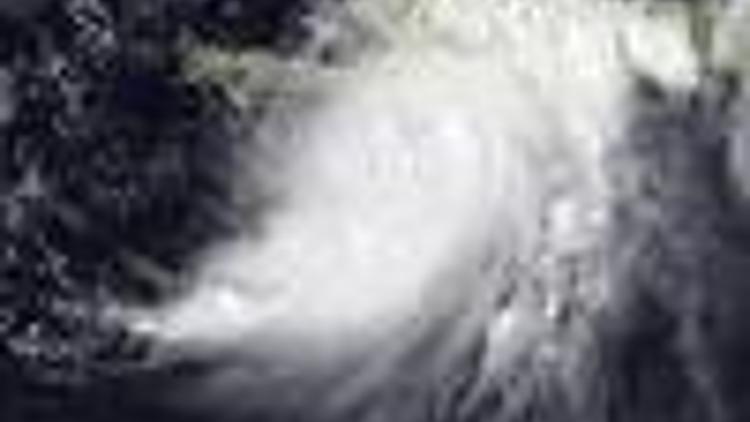Three years after Katrina, Gulf ports at risk
Güncelleme Tarihi:

The drive south from New Orleans toward the Gulf of Mexico is a study in coastal vulnerability. As the road winds through marshes and skirts bayous, dry land grows sparser by the mile.
Soon, water dominates the landscape, and the danger that a storm surge from a hurricane coming ashore would pose becomes clear.
At the far edge of this web of wetlands, roughly 60 miles south of
Nearly three years to the day after hurricane Katrina plowed into the
Now Port Fourchon and coastal cities like
The 1,600-acre (647-hectare) complex is the support nerve center for over half of all offshore drilling operations, and serves 90 percent of the Gulf's deepwater oil installations.
Hundreds of large workboats chug between Port Fourchon and the rigs every day, carrying workers, heavy equipment and necessities that range from pipe, drilling mud and diesel fuel to groceries and drinking water.
All those supplies come to Port Fourchon by truck or barge via Louisiana Highway 1 and a waterway called Bayou Lafourche.
The exposure of those routes to a surge from the Gulf worries the port's executive director, Ted Falgout.
'CRITICAL ROLE'
"We play a critical role in 15 to 18 percent of the entire nation's oil supply," Falgout said. "If the Lafourche corridor takes a severe hit, everyone in this country will feel the impact."
Falgout, who rode out Hurricane Katrina in 2005 in the port's bunker-like executive office building 20 miles north of the Gulf, says the port took only slight damage from the storm. But Highway 1, which floods even in mild storms, had to be cleared of debris that included power poles and houseboats before traffic could move again.
Luckily, Falgout said, Katrina spared Port Fourchon from a direct hit.
But continuing erosion of the surrounding wetlands is increasing the danger of a more serious disruption in access.
For the past several years, Falgout has led a crusade to fortify the Lafourche corridor against this erosion.
A coalition of business interests amassed $350 million in state bonds and federal assistance to begin replacing a 17-mile (27-km) stretch of LA-1 with an elevated highway that can stand up to a major storm and remain open even if the land around it floods.
A seven-mile (11-km) section of the project, including a higher bridge across Bayou Lafourche, is under construction and slated for completion in 2011. But funds are lacking for the northern leg, which would extend the highway inside the hurricane levee system that shields inland communities.
Meanwhile,
Along with helping to protect access to the port, a stronger headland could help shield the maze of oil pipelines that lie beneath the wetlands.
The largest pipeline serves
"Just look at that area's importance relative to energy," said Robert Twilley, who heads the coastal sustainability research program at

